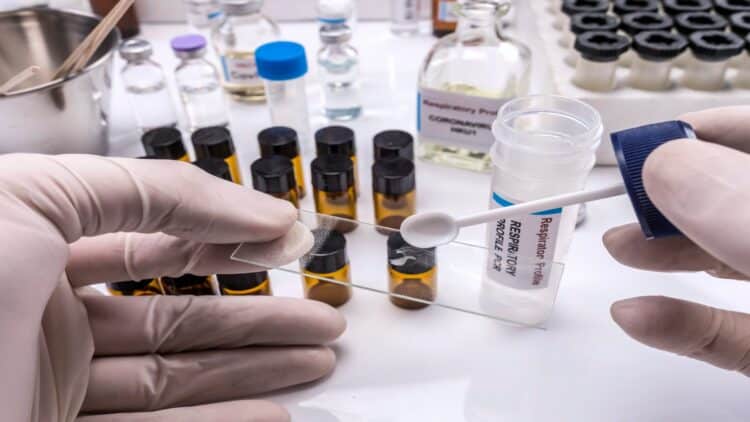The World Health Organization (WHO) has initiated one of the most significant enhancements ever to present its global epidemic surveillance capabilities using advanced open-source intelligence technology. Version 2.0 of the Epidemic Intelligence from Open Sources system is expected to revolutionize the way health authorities identify and react to the new threats appearing on the global arena.
Revolutionary EIOS system transforms global health threat detection
The World Health Organization, in partnership with key partners and supporters, has launched version 2.0 of the Epidemic Intelligence from Open Sources (EIOS) system for early detection of public health threats globally. Since being development in 2017, the initiative has become a growing force and is now being applied by over 110 Member States and over 30 organizations across the world. The update includes new data sources and better functionality, such as using artificial intelligence for better automated analysis.
EIOS assists public health teams in identifying and responding to potential threats daily using large volumes of publicly available information in near real-time. Recent health emergencies, including proof of concept of the contribution of early detection in preventing outbreak escalation into global crisis, such as the current events of the coronavirus pandemic and its impact on people’s daily living, and the outbreaks of mpox in the US and avian influenza in Vietnam, make this upgrade highly timely in terms of global preparedness.
Version 2.0 is the largest upgrade made to the custom-built technology, where the latest AI-powered tools have been added for increased automated analysis and signal detection capabilities. The system is now able to process a greater number of sources, such as those of radio channels that are automatically transcribed and translated for thorough monitoring.
Hidden Detail Exposes Berlin-based Global Intelligence Hub Leadership
Here’s where the secret turns out to be an important one: EIOS is hosted in the WHO Hub for Pandemic and Epidemic Intelligence in Berlin, which is the world’s foremost initiative for open source intelligence for public health decision making. This is a strategic positioning created with the cooperation of the German Government and the European Commission, making Berlin now the world model to coordinate epidemic intelligence and to cooperate with international health security.
The working centre of this total surveillance system is the Berlin hub, which cooperates with the health and public health ministries around the globe. Dr Chikwe Ihekweazu, the Executive Director of the WHO Health Emergencies Programme, has underscored that the EIOS system version 2.0 is our future: more open, more agile, and more inclusive, and the hub plays the central role in the global health security architecture.
Advanced functionality allows a global health surveillance
Version 2.0 has been rebuilt in order to process more sources, accommodate more users, and also to allow for newer features to be added quickly than in previous iterations. The system allows relevant public health authorities to point to relevant content from websites, social media, and other public content to determine relevant health events for verification and assessment. Better collaboration features make it easier than ever before for users to track and monitor what is happening between countries and organizations.
Nina Warken, Germany’s Federal Minister of Health, said that “Better data – better analytics – better decisions, we are excited in launching EIOS 2.0 at the WHO Hub Berlin.”
Key system enhancements:
- Automated analysis and signal detection using AI-enhanced algorithms
- Radio channel transcription and translation capabilities
- Multilingual interface to internationalization.
- Increased international coordination toolset.
The EIOS 2.0 release marks the watershed point in the capabilities of health surveillance worldwide. With borderless health risks being ever more likely to come in the form of climate change, conflict, and novel pathogens, this intelligence center based in Berlin offers the technical framework through which the international-level response is coordinated, so that detecting the threat in time is translated into preventing the pandemic in the future.


